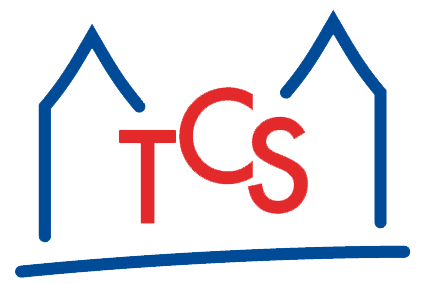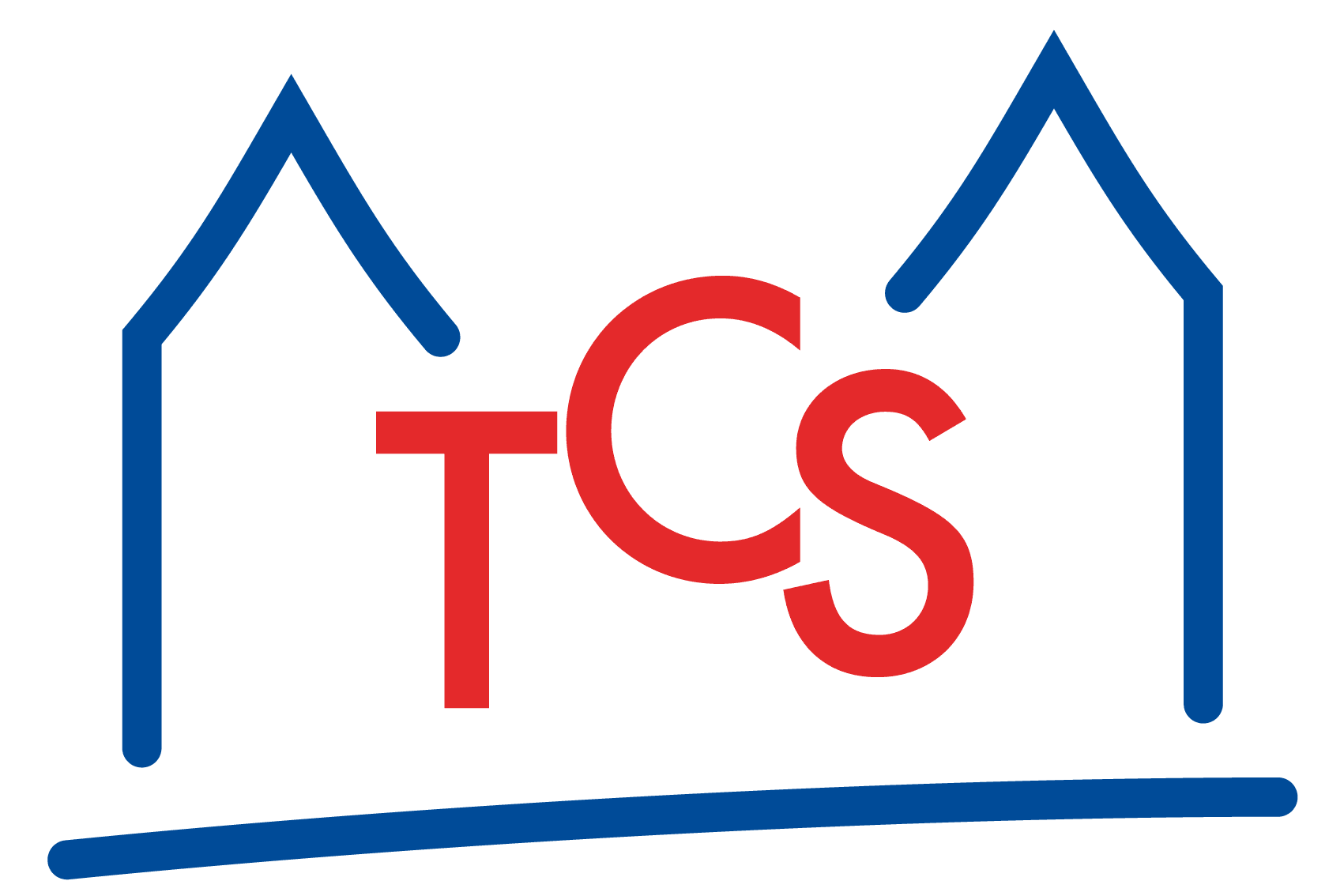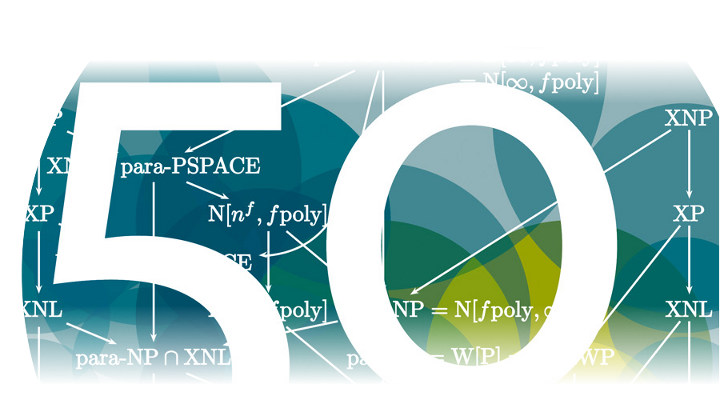| Conentent: |
The subject of computational geometry is to develop efficient methods
for representing and manipulating geometric objects. These kinds of
problems occur in several academic and applied areas of computer science
like computer graphics, robotics, molecular biology, CAD/CAM, and
geographic information systems. Within the talks of this seminar we will
focus ourselves on the basic problems of computational geometry and
discuss several data structures and algorithms providing efficient
solutions to the problems. The presented solutions are both easy to
implement and understand. Some of the discussed problems are: convex
hulls, finding the shortest paths with applications to robot motion
planning, testing intersections of lines, triangulation, Voronoi
diagrams, and visibility problems.
An interesting aspect of computational geometry is that some
applications seem to be only slightly connected to geometry. E.g.
Voronoi diagrams, the canonical problem of computational geometry, have
applications in areas like archaeology, chemistry, biology, and many
others (often known under different names). Some of them can be found in
the internet (http://www.Voronoi.com/). |
| Literature: |
- F. Preparata, M. Shamos, Introduction to Computational Geometry, Springer 1985
- H. Edelsbrunner, Algorithms in Combinatorial Geometry, Springer 1987
- M. de Berg, M.V. Kreveld, M.Overmars, O. Schwarzkopf, Computational Geometry, Springer 1997
- J. O'Rourke, Computational Geometry in C. Cambridge University Press, 1999
|




